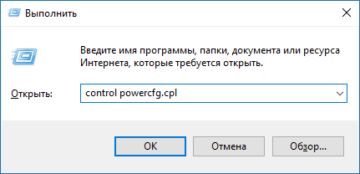

To get to your question then my personal "conspiracy nut" opinion based on no concrete evidence is that the reason for this is to make sure that the hard drives do actually spin down because when a hardware raid card requests some info the spin up time is greater than 6 seconds and this is sufficient to eventually boot the drive out of the array and make these drives also unsuitable for hardware raid. Seagate and WD made the APM settings such that you could never actually disable it altogether but you could extend the period before it turned off and for example WD green drives used to shut down after a ridiculous 5 seconds of inactivity leading to hundreds of thousands of head load/unload cycles per year and they introduced a WDIDLE3.EXE utility to stretch it out to minutes but you could never turn it off altogether. When Samsung was taken over by Seagate? then I recall reading somewhere like a Hardforum post where someone was using Samsung drives in a hardware array and when they needed replacements there were identical drives available from Seagate that were simply re-badged and given a new model number, however, they kept dropping out and when he checked the CCTL/TLER feature was deleted from the rebadged drives. (3) CCTL/TLER that was removed altogether. (2) CCTL/TLER that was only transient and had to be set each time on boot up.


(1) CCTL/TLER that could be permanently set one way or the other. This was achieved by turning on CCTL/TLER otherwise the drive would go into deep recovery for 30-120 seconds to try to read that bad block data and it meant we could use cheap hard drives instead of expensive server drives and the hard drive companies didn't like this at all as they would like to "add value" and by that I mean "charge more to add value to shareholders and not customers".Ĭonsequently consumer hard drives went from What I am about to say may sound like a conspiracy nut talking but going back a decade or so ago we used to have consumer hard drives that had CCTL/TLER in the hard drive BIOS that could be enabled because hardware RAID cards need drives to respond withing 6 seconds if they strike an unreadable sector (URE) otherwise the card would drop the drive out of the array in 7 seconds if this wasn't done.


 0 kommentar(er)
0 kommentar(er)
